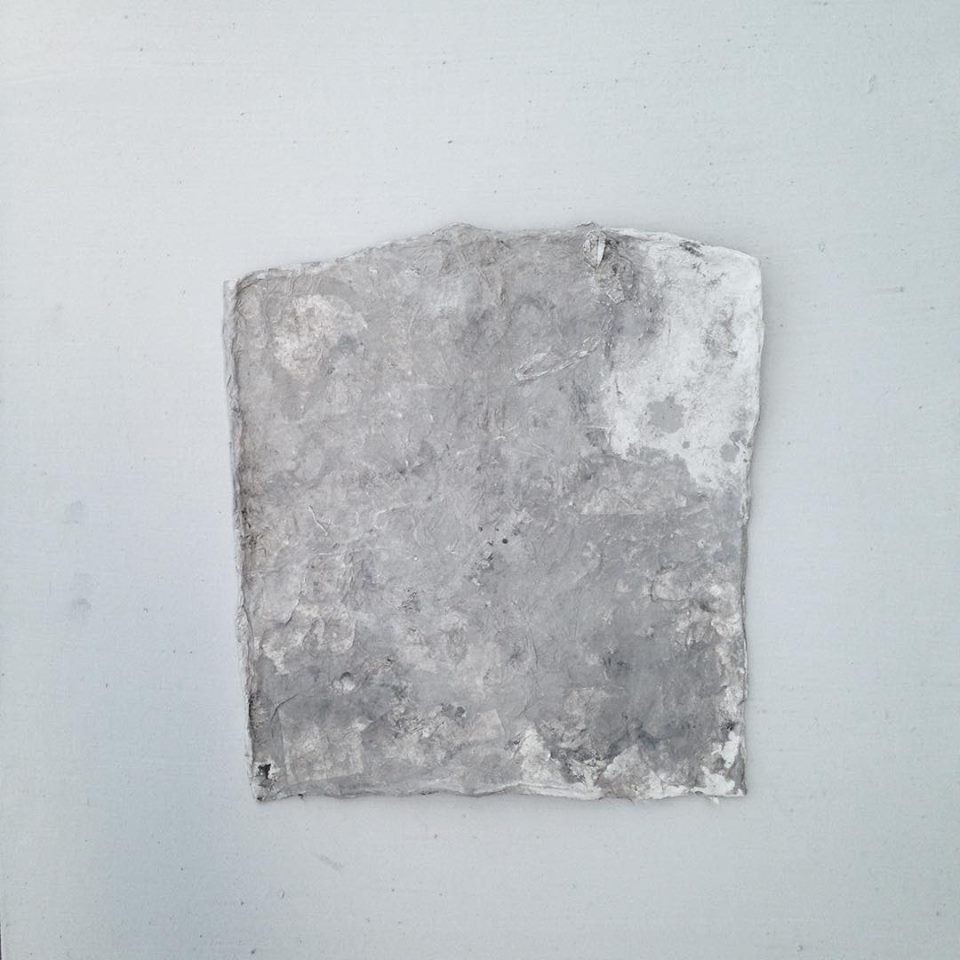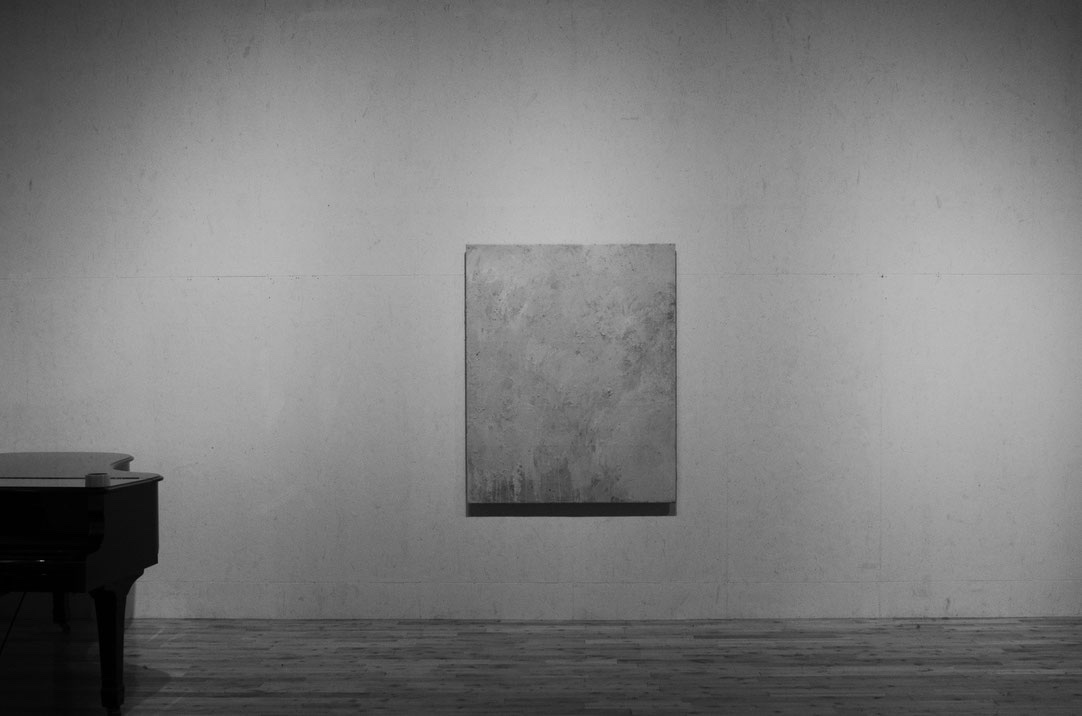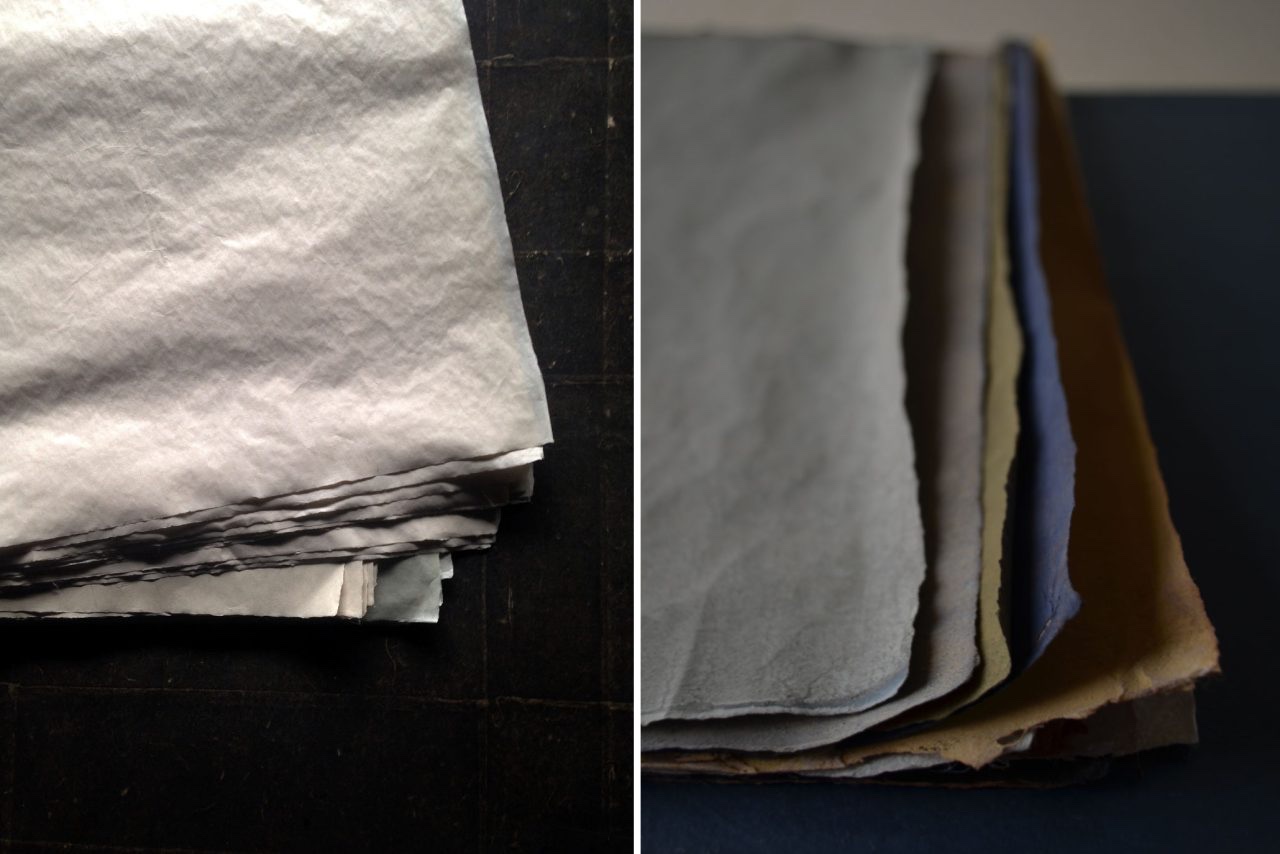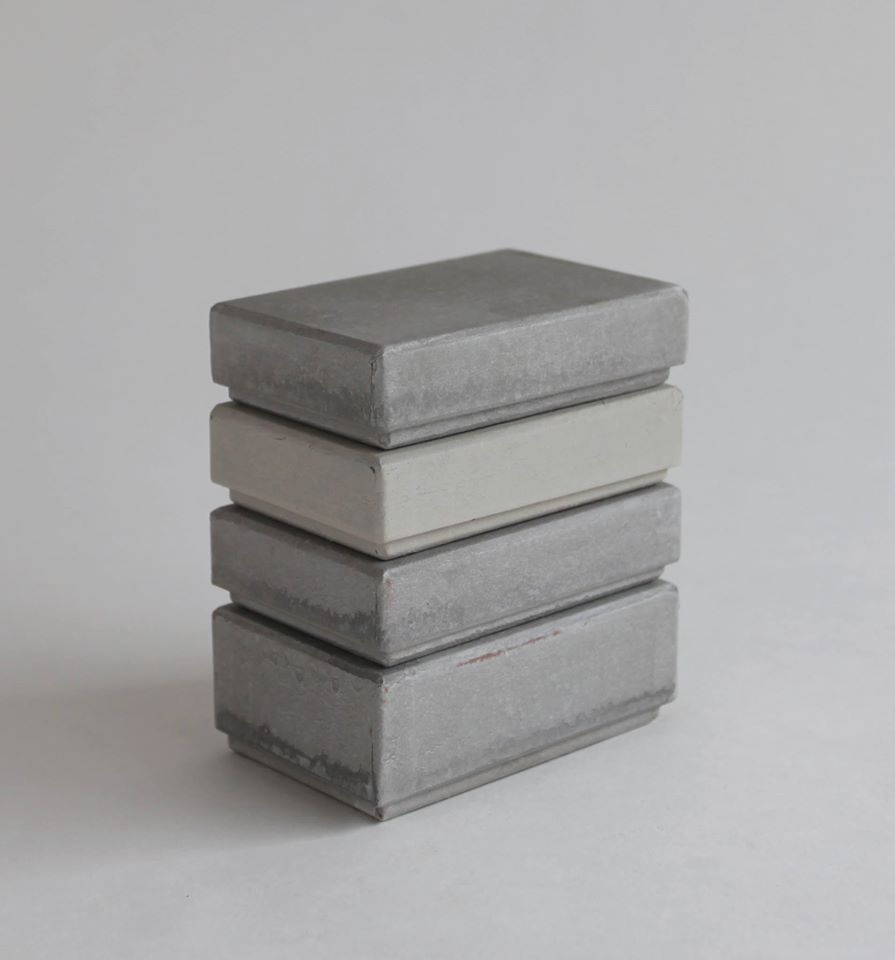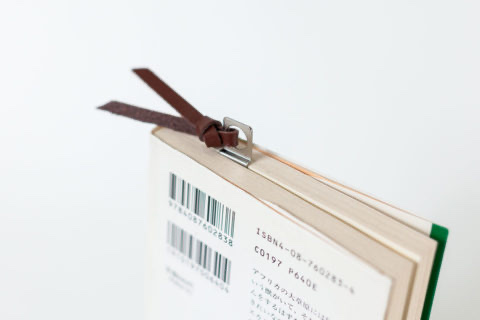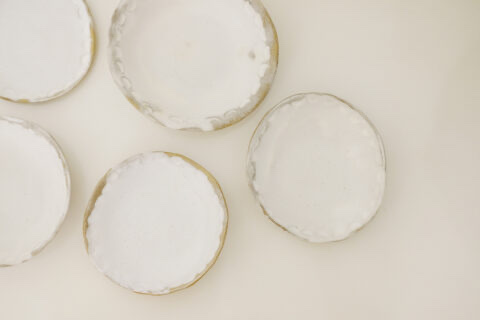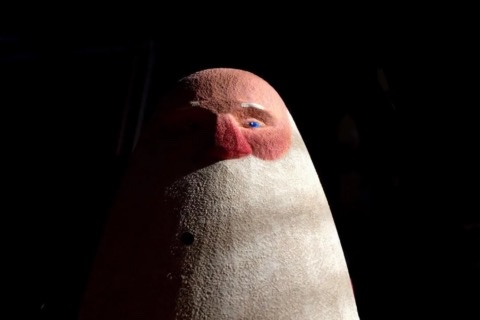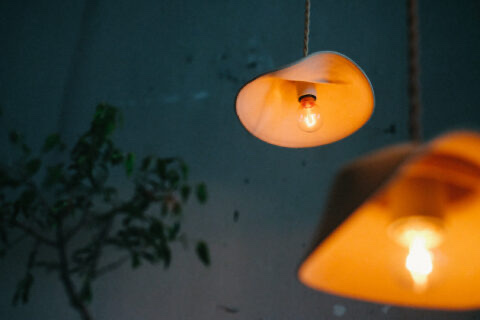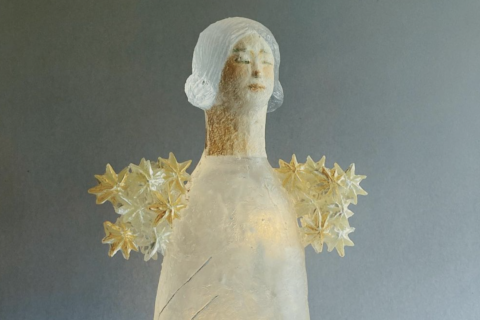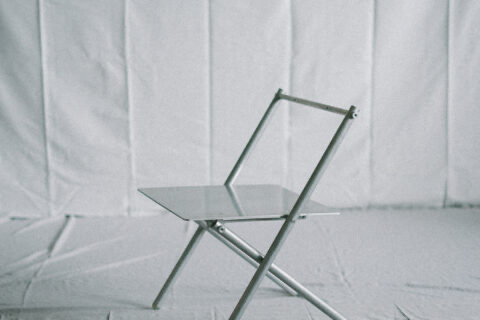
常說初生兒如一張白紙,而白紙也如初生兒,空白素淨卻有無限可能性,一張張看似平傭相近,成長後卻能扮演萬千種功能各異的角色。Hatano Wataru,京都的黑谷和紙工匠,以傳統方法造和紙,從採摘材料至過濾風乾,每個工序都小心翼翼,細心專注如同照料嬰兒。
黑谷和紙是這樣造成的:採割楮樹的樹枝,將其蒸軟,削走樹皮,放進河水沖洗,提取纖維,整理過後日曬,慢火細煮,其後抽走雜質,再敲壓打成糊狀,然後將紙糊注滿水池,放下濾網,任紙糊覆在網上成為單薄的一片,將之輕輕提起,風乾,就成為黑谷和紙。單是簡單解說已覺繁瑣。在大時代裡,生產黑谷和紙大概會被視為不夠效率,然而幸得工匠逆時代洪流而行,這擁有著八百多年歷史的造紙方法,才得以保存下來。
Hatano Wataru在大學修讀的是油畫,畢業後才被黑谷和紙深深吸引,並往京都府綾部地區學習黑谷和紙的製作。Hatano Wataru視和紙為素材,卻不只視之為作畫寫字的工具,又或是製作障子等的建材。他為自己製作的和紙加上特別的防水塗層,包裹著鋁金屬板又或是木板,造是適合用來盛載和菓子的器皿,又或是加上真鍮製的棒子,架起紙板,造成桌几。有時他也以黑谷和紙作畫布及拼貼素材,層層疊疊地糊在一起,繪畫出一副副質感厚重的立體抽象畫。
早幾天我在京都的Utsuwa Kyoto Yamahon找到Hatano Wataru製作的名片盒,被染成棕色的黑谷和紙仔細地裹著硬咭紙造成的盒子。天然的染料在紙張上留下了深淺不一的豐富層次,零零落落的銀粉在角落閃著亮光。就跟他其他作品一樣,執在手裡,撫得到紙張粗糙的纖維,感受到自然予人的惠澤,感覺到工匠們的用心。
日本人愛用「奧深い」(讀音:Okufukai)來形容看來簡樸卻意味深長的事物,在Hatano Wataru的細心照料下,他製作的黑谷和紙作品,都是「奧深い」的孩子。
New born babies are often said to be as pure as a piece of white paper; and a fresh piece of white paper is actually as pure as a new soul too. Such unvarnished blankness may look uninspiring to some, but it is the unlimited possibilities it carry that breed all forms of characters. Hatano Wataru is a Kurotani washi maker in Kyoto. From collecting raw material to drying the paper, Wataru performs every step of traditional washi making process with such dedication, as if he was handling a newborn.
The process of making Kurotani washi is extraordinarily complex even if we try to explain in simple words: to start, branches are collected from paper mulberry tree and steamed until soft; the bark is then peeled and washed under river water to extract the paper fibre; the bark is then dried under the sun for days; boiled in low fire to remove all impurities; beaten again to loosen the individual fibres; the pulp is then mixed with water, spread evenly to form a thin layer of paper solution on a mat; the sheet is then lifted up from the liquid and dry up in wind. After these complicated steps, a sheet of Kurotani washi is finally made. With our metropolitan style of living, the production of Kurotani washi is probably seen as inefficient. Thanks to the unyielding effort of the artisans, the 800-year-old paper making process can be well preserved.
Hatano Wataru majored in oil painting in university, only upon graduation did he get inspired by Kurotani washi. He therefore went to Ayabe in Kyoto Prefecture to learn the technique of making Kurotani washi. To Hatano Wataru, washi is a paper material that is beyond the medium of drawing and writing, and it is not as simple as a material for making shōji. Wataru coats his washi with a water-proof layer, and turns it into a container for wagashi by wrapping aluminium sheet or wood inside. Wrapping brass with Kurotani washi, it can be used as legs for coffee table of paper board. Sometimes he also creates canvas and collage with Kurotani washi: gluing together layers and layers of washi, a abstract art work with substantial weight and texture is made.
Recently I saw a card holder made by Hatano Wataru at Utsuwa Kyoto Yamahon, a shop in Kyoto. Wrapping cardboards with Kurotani washi dyed in brown with natural pigment, this sturdy little box features a rich diversity of subtle shades of brown. Silver glitter scatters at the corner of the box further gives it a unique charisma. Be it this card holder, or other of Wataru’s works, one can appreciate the artisan’s dedication by feeling the paper’s rough texture with fingertips.
「奧深い」 (pronounced as “Okufukai”, and can be briefly translated as “profound) is a word Japanese often use when talking about things that have a deep meaning behind the plain appearances. Tended by Wataru’s tender hands, his Kurotani washi is undoubtedly “Okufukai”.
